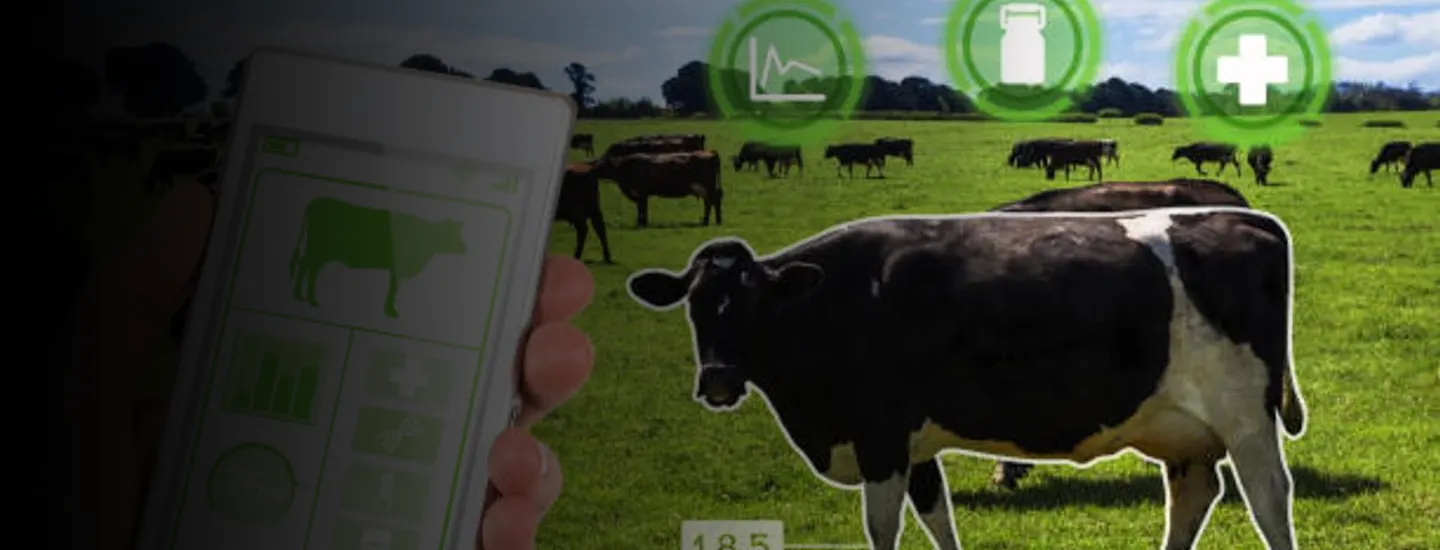A recent article published by the MIT Sloan Center for Information Systems Research, "Build Eight Dynamic Capabilities for Digital Busines Model Change," describes a "sensing capability" as being important for companies to better understand their environment along with the needs and preferences of their customers. While we tend to think of sensing organizations in a frame of new technology, steep learning curves, and data science, being a sensing organization is not a new phenomenon.
A Canadian prairie family dairy farm with which I am familiar was a sensing organization decades ago in the 1980s. Farm operations involved a tremendous amount of hard work backed by data and science. For example,
- Internally, each cow was monitored daily for milk quantity and quality. This data coupled with breed and age, trend forecasting, and genetics were drivers in growing the herd to become one of the top producers in the province in a remarkably short amount of time.
- Externally, weather patterns across the US were monitored weekly to determine the greatest demand for the hay grown for resale. Historic trends and recent conditions drove decisions related to when and how much to harvest, and the markets that would command the highest price by date.
- Infrared land scans and related spray technology allowed for crop optimization through a customized mix of nutrients by square foot across thousands of acres.
At its root, the farm was a sensing organization, receiving and acting upon internal and external signals. Today, many sensing technologies bring data to people who use it in game-changing ways. Like the 1980s dairy farmer, companies monitor the weather to drive store-level advertising and fulfillment decisions. Companies monitor productivity data to drive facility and workforce plans. Marketing optimizes a product mix based upon near real-time data across thousands of SKUs and dozens of criteria.
Being a sensing organization is a strong competitive advantage. But let's not jump to the conclusion that being a sensing organization is new or out of reach. The tools are getting better, the data sources are becoming more plentiful and of higher quality, and specialized skills can draw profound insights. However, the concepts are not new or out of reach. The barrier today is more around organizational will. If the 1980s dairy farmer can leverage sensing capabilities for advantage, so can every organization.
